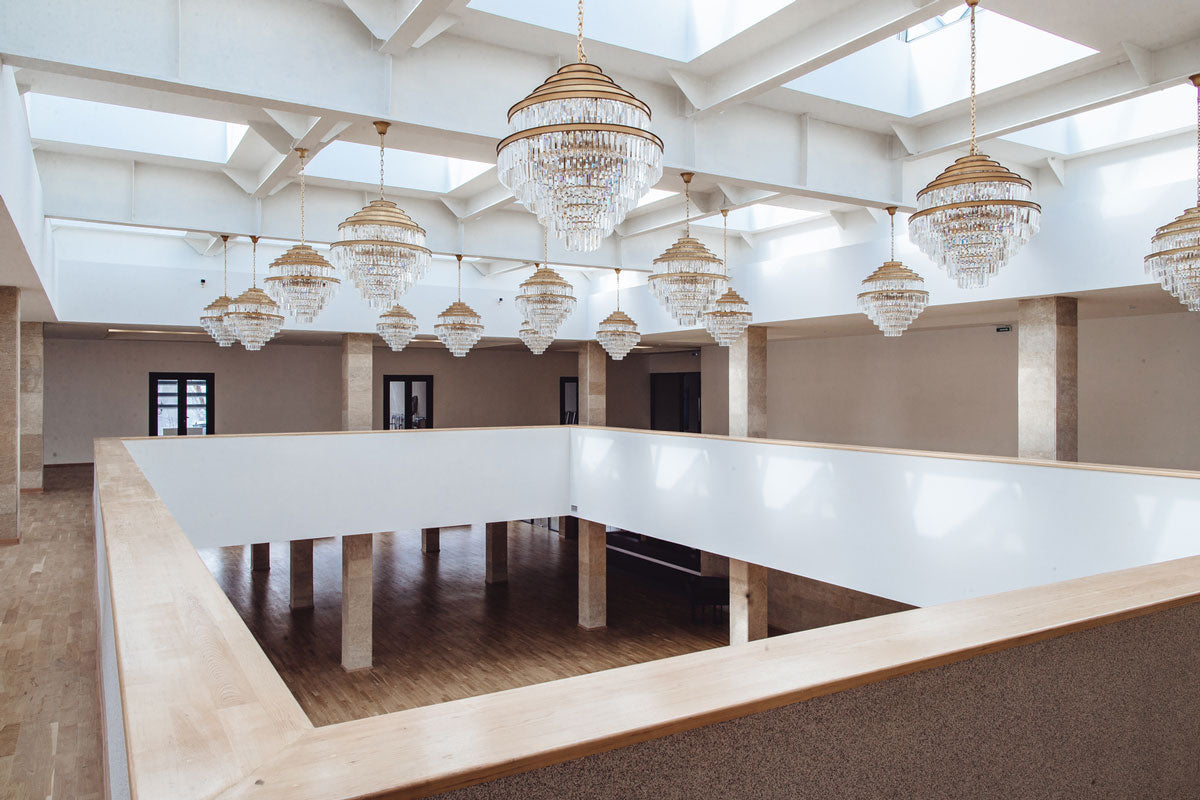Marble… so eternal, majestic, and attractive, popular within architecture since unforgettable times. Its first extractions go back to ancient Greece. Its term comes from “marmaros”, meaning glowing stone, and it is obtained as the result of limestone crystallization. One of the first large format constructions with this material was the Temple of Artemis, five floors high and supported by 127 marble pillars.
A favorite from the time without a doubt, marble positioned itself between architecture and sculpture as a symbol of power and wealth. Today, it remains the same thanks to its numerous presentations, which make it stand out in any design.
Luca Compri Architetti (LCA Architetti) designed this house for an archeologist in Varese, Italy. A simple parallelepiped with a rectangular base, in which other cubic-shaped blocks have also been inserted, fully covered in rock. They used marble slabs, concrete and Travertino blocks, all recovered from dismantled quarries or landfills for construction pieces. Also, the building was isolated to reduce energy consumption to a minimum.


In the Jewish faith, Mikveh is a purifying bath where rainwater is used. Arqhé Studio designed Mikveh Oh in Mexico City, a spiral-shaped bathroom that takes the user through a spiritual ritual to the core of the project, where the bathtub is.
Its exterior is sober, made of prefabricated concrete and has no windows, and the interior was designed to transmit the idea of pureness; its hues are soft and contrast against the bronze-colored warm details. Materials: marble, oak wood, and porcelain. The walls define each space and guide the way.
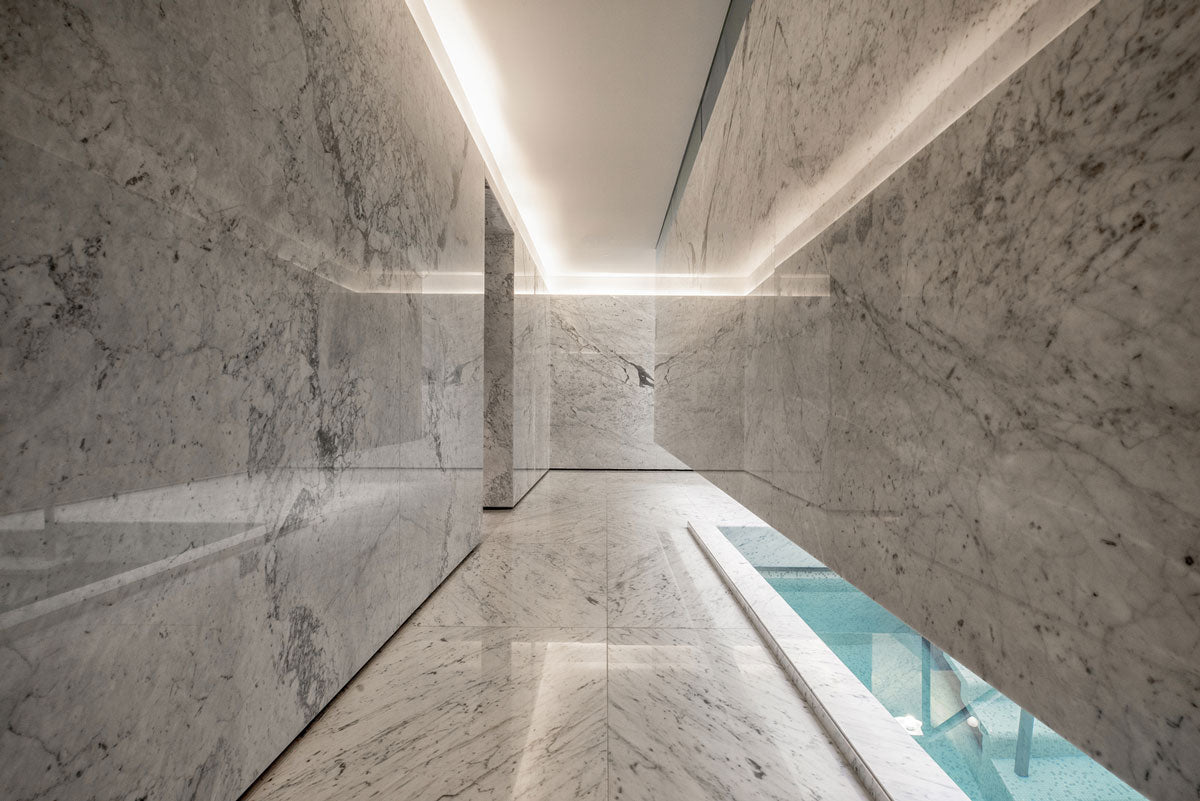
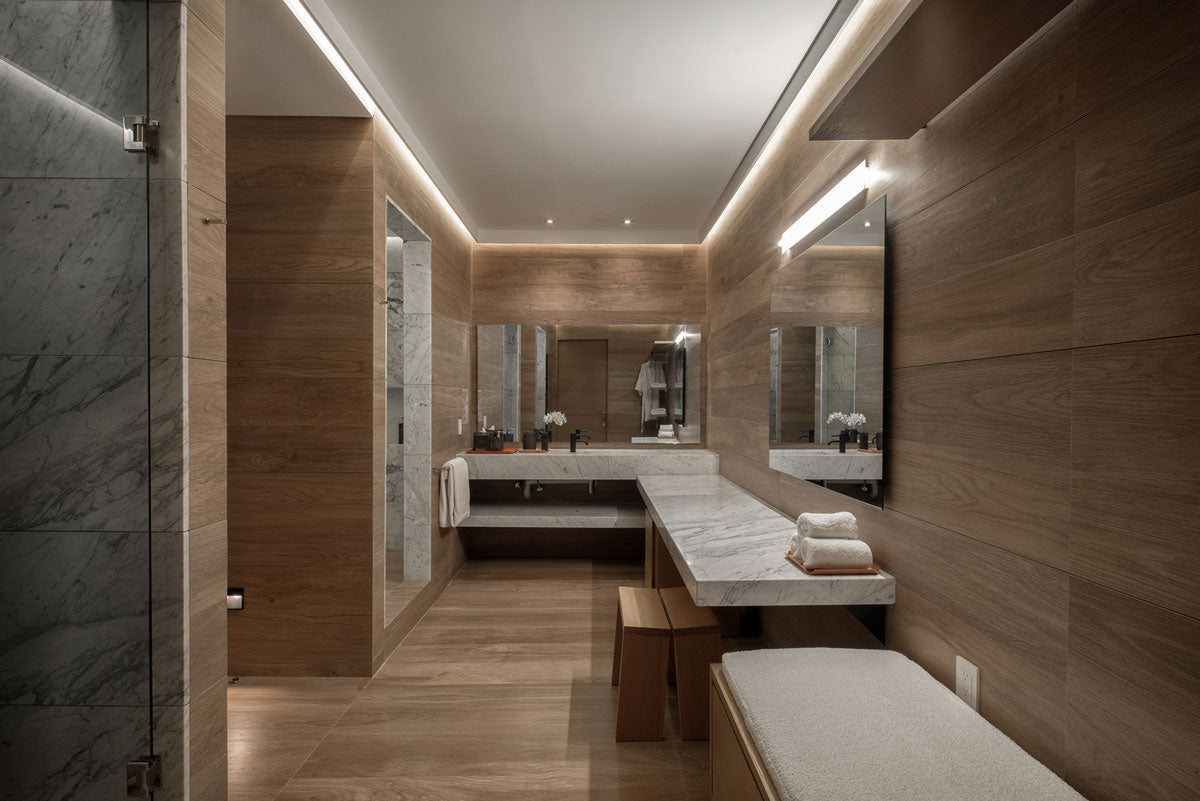
Divided between the Amatitlán neighborhood and Cuernavaca’s (Morelos) city center, the Juan Soriano Contemporary Art Museum in Morelos rises (MMAC). Javier Sánchez and Aisha Ballesteros participated in its construction.
The materials used for the project were apparent concrete and Mexican marble (known as terragona and extracted in Torreón); both are low maintenance. Being a dark-colored rock, marble contrasts against concrete. Water mirrors, paths made of concrete, gravel, and soil were integrated into the garden, accompanied by Juan Soriano’s monumental sculptures.

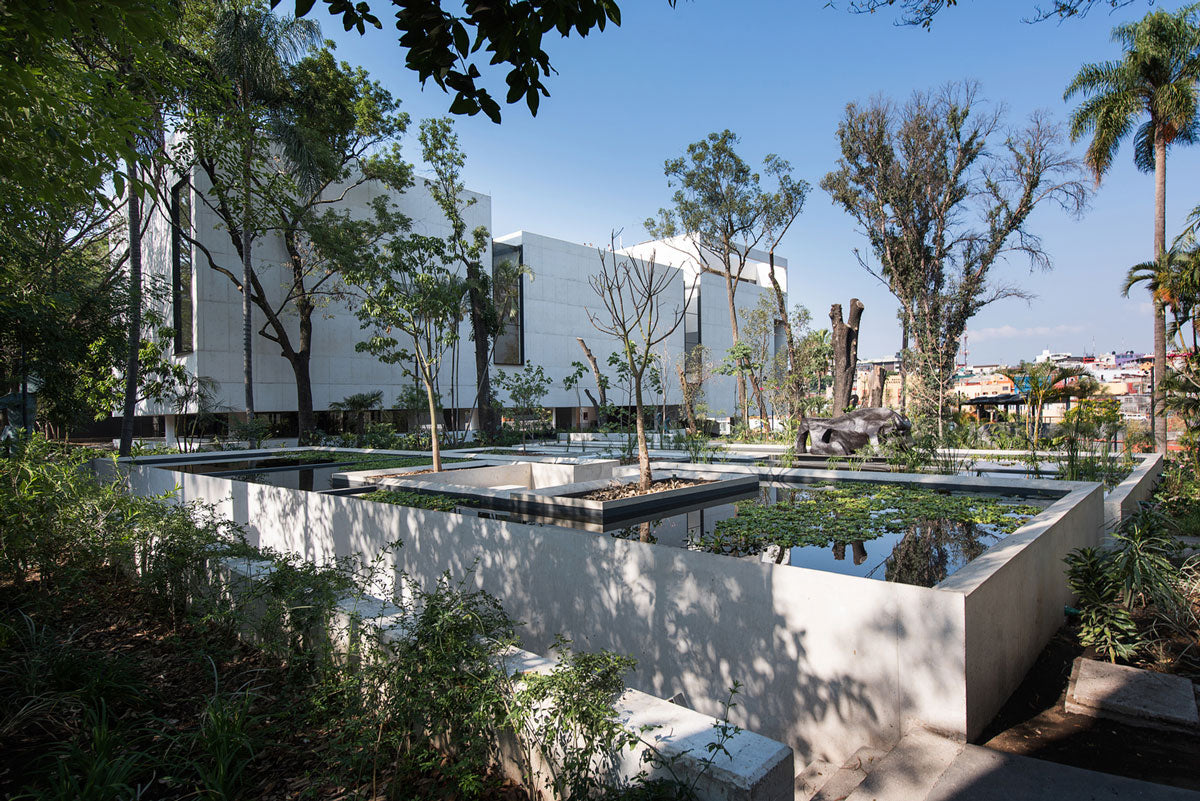
Hotel Solaz, in Los Cabos (Baja California) has people talking thanks to its architecture, which in addition to blending with the surroundings, stands out for its material fusion. Designed by Sordo Madaleno Arquitectos, the construction is made up by three piled blocks, each space has two floors, which make up six areas destined to the rooms. The material selection went hand in hand with the setting, tropical wood to add warmth and marble accompanied by light textiles to provide a touch of freshness.

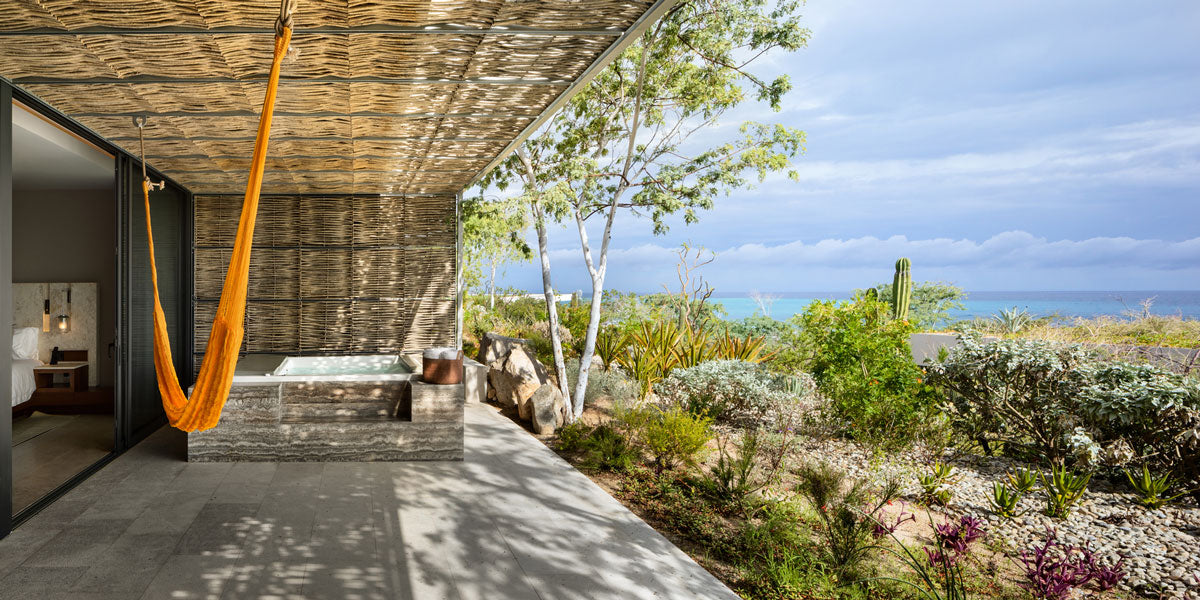
Archiproba set out to restore the Palace of Culture in Zheleznovodsk, Russia. The building is rectangular and features a movie theater, concert and lecture halls, ballrooms, recreation areas, learning and exhibition spaces, a chess club, and a library. The conservation of history and material heritage had to be considered in the renovation. The project’s main idea was the preservation of the building’s original elements, reason why all the decorative panels on the façade, interior stairways, and Cuban marble floors, columns, and walls made of calcareous tuff, and the undulating roof in the auditorium, were carefully polished and preserved.

